The book presents an account of the flora of M.P. with special reference to Western parts included six districts only. The dominant vegetation of this area is dry deciduous forest dominated by Teak-Acacia-Butea. The another major formations of these areas are grassland, which prevails under anthropogenic factors. Total 980 species have been collected and described under recent taxonomical nomenclature. This book is very informative and useful for students, teachers, researchers and NGO working in the field of botany and taxonomy.
Contents: 1. Ranunculaceae. 2. Dilleniaceae. 3. Magnoliaceae. 4. Annonaceae. 5. Menispermaceae. 6. Nymphaeaceae. Water-Lily Family. 7. Nelumbonaceae. 8. Papveraceae. 9. Fumariaceae. 10. Brassicaeae. 11. Cleomaceae. 12. Capperidaceae. 13. Resedaceae. 14. Violaceae. 15. Cochlospermaceae. 16. Flacourtiaceae. 17. Polygalaceae. 18. Caryophyllaceae. 19. Portulaceae. 20. Tamaricaeae. 21. Elatinaceae. 22. Dipterocarpaceae. 23. Malvaceae. 24. Bombaceae (Bombax Family). 25. Sterculiaceae (Sterculia Family). 26. Tiliaceae (Lindenfamily). 27. Linaceae. 28. Malpighiaceae. 29. Zygophyllaceae. 30. Averrhoaceae. 31. Oxalidaceae. 32. Tropeolaceae. 33. Balsaminaceae. 34. Rutaceae. 35. Simaroubaceae. 36. Burseraceae. 37. Meliaceae. 38. Oleaceae (Olax Family). 39. Celastraceae (Staff-Tree Family). 40. Rhamnaceae. 41. Vitidaceae Vitaceae, Ampledaceae (Grape Family). 42. Leeaceae. 43. Sapindaceae (Soapberryfamily). 44. Anacardiaceae (Cashew Family). 45. Moringaceae. 46. Fabaceae Papilionaceae Legume Or Pea Family. 47. Caesalpinaceae. 48. Mimosaceae. 49. Rosaceae. 50. Crassulaceae. 51. Droceraceae. 52. Haloragidaceae. 53. Combretaceae. 54. Myrtaceae. 55. Lecythidaceae. 56. Melastomaceae. 57. Lytheraceae. 58. Punicaeae. 59. Onagraceae. 60. Trapaceae. 61. Turneraceae. 62. Passifloraceae. 63. Caricaeae. 64. Cucurbitaceae. 65. Begoniaceae. 66. Cactaceae Cactus Family. 67. Aizoaceae Molluginaceae. 68. Apiaceae Umbelliferae. 69. Alangiaceae. Gamopetalous Family. 70. Caprifoliaceae. 71. Rubiacae The Madder Family. 72. Asteraceae Compositae – Aster Family. 73. Lobeliaceae. 74. Campanulaceae. 75. Plumbaginacea. 76. Primulaceae. 77. Sapotaceae Mimusops Family. 78 Ebenaceae. 79. Oleaceae. 80. Nyctanthaceae. 81. Salvadoraceae. 82. Apocynaceae. 83. Periplocaceae. 84. Asclepiadaceae. 85. Buddlejaceae. 86. Gentianaceae. 87. Menyanthaceae. 88. Polemoniaceae. 89. Heliotropiaceae Boraginaceae. 90. Ehretiaceae. 91. Convolvulaceae. 92. Cuscutaceae Dodder Family. 93. Solanceae Potato Family. 94. Scrophulariaceae. 95. Orobanchaceae. 96. Lentibulariaceae. 97. Bignoniaceae. 98. Pedaliaceae. 99. Martyniaceae. 100. Thunbergiaceae. 101. Acanthaceae. 102. Verbenaceae. 103. Flaccourtiaceae. 104. Nyctaginaceae. 105. Lamiaceae Labiatae. 106. Amaranthaceae. 107. Chenopodiaceae. 108. Basellaceae. 109. Polygonaceae. 110. Aristolochiaceae. 111. Piperaceae. 112. Proteaceae. 113. Loranthaceae. 114. Santalaceae. 115. Euphorbiaceae. 116. Ulmaceae. 117. Urticaceae. 118. Moraceae. 119. Casuarinaceae. 120. Salicaceae. Monocotyledons: 1. Ceratophyllaceae. 2. Hydrocharitaceae. 3. Musaceae. 4. Orchidaceae. 5. Zinziberaceae. 6. Cannaceae. 7. Hypoxidaceae. 8. Sterlitziaceae. 9. Amaryllidaceae. 10. Agavaceae. 11. Dioscoreaceae. 12. Liliaceae. 13. Ruscaceae. 14. Smilaceae. 15. Pontederiaceae. 16. Commelinaceae. 17. Arecaceae Palmae. 18. Pandanceae. 19. Typhaceae. 20. Araceae. 21. Lemnaceae. 22. Alismataceae. 23. Najadaceae. 24. Apogetonaceae. 25. Potamogetonaceae. 26. Eriocaulaceae. 27. Zannichelliaceae. 28. Cyperaceae. 29. Poaceae. Rare and Endangered Species. Bibliography. Appendices.

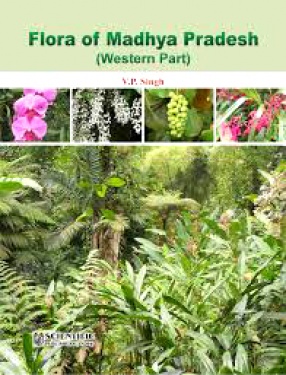


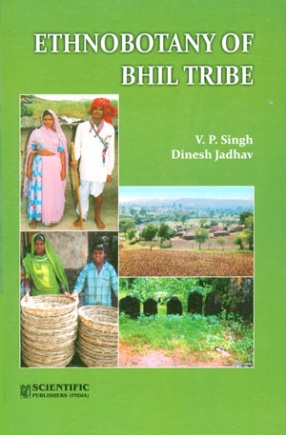
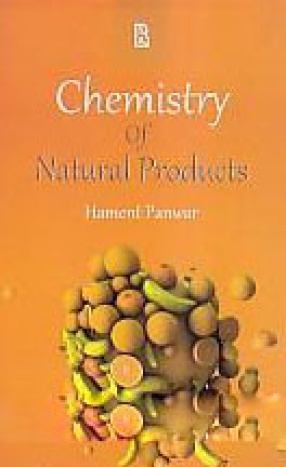
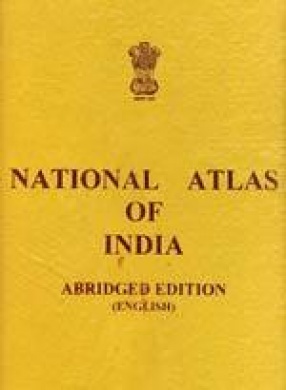
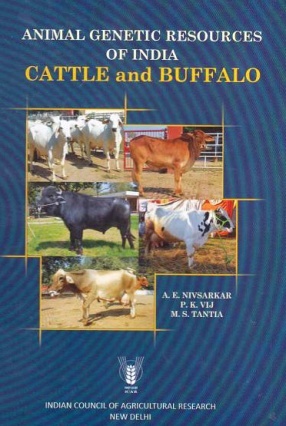
There are no reviews yet.